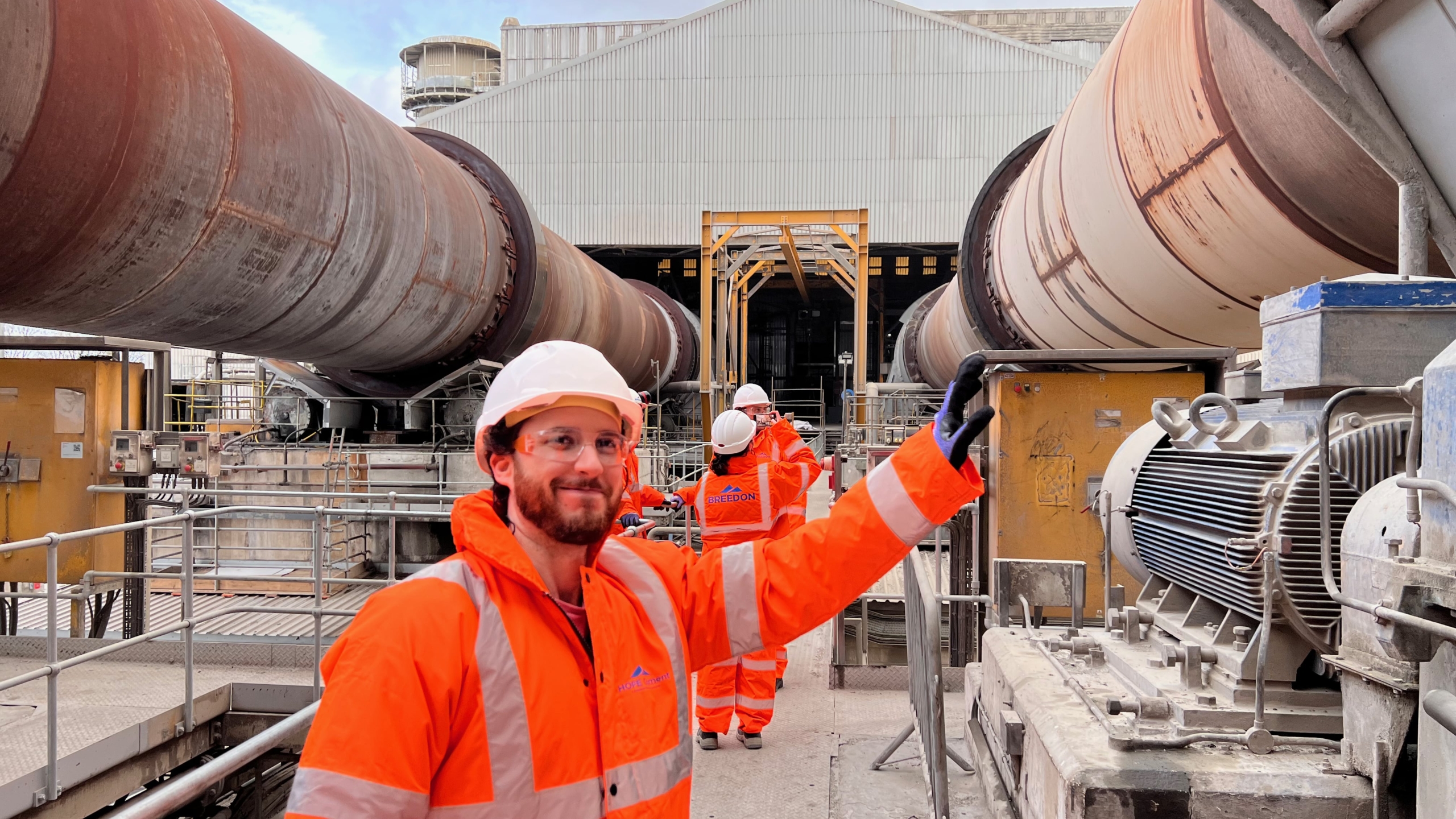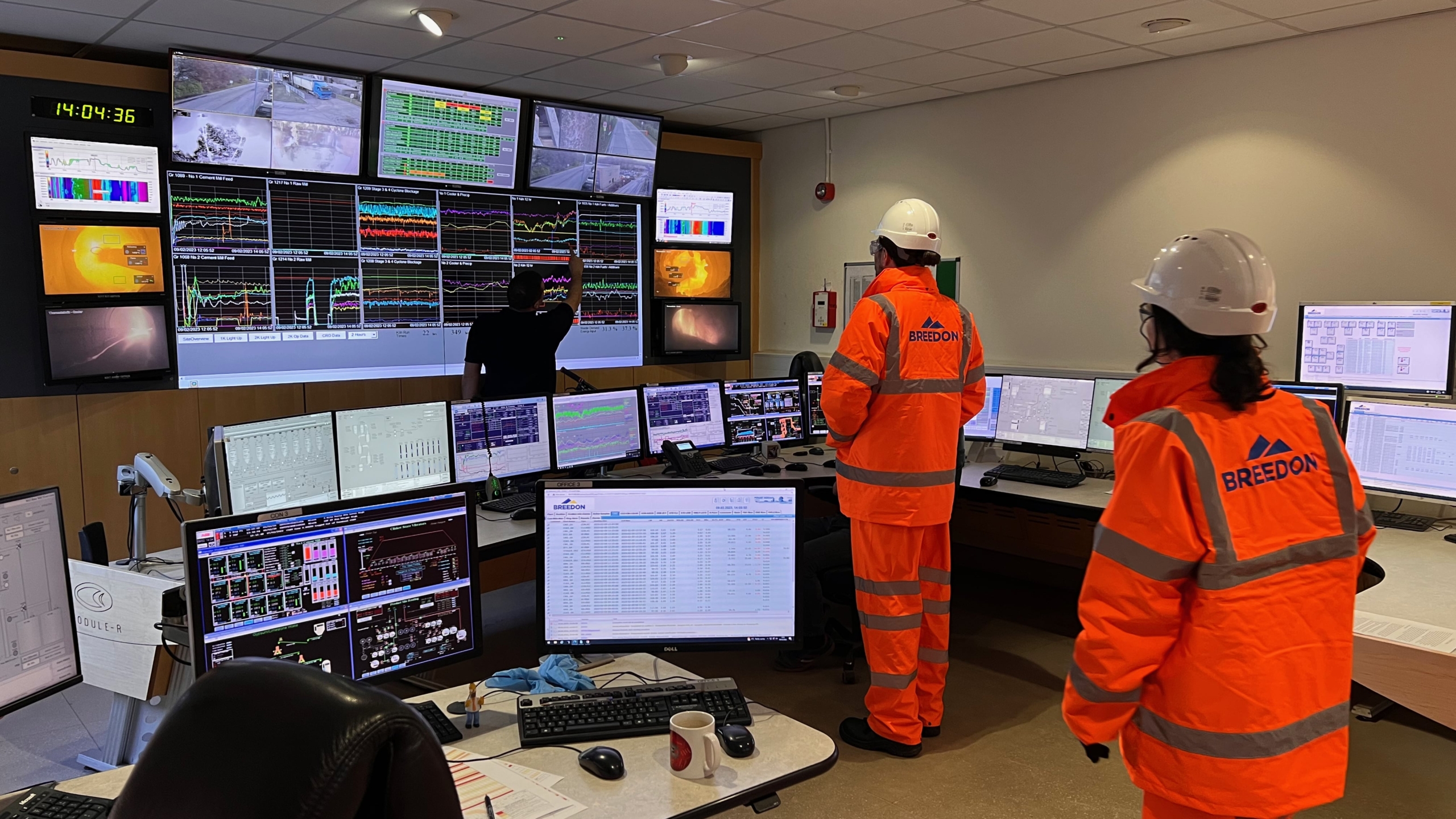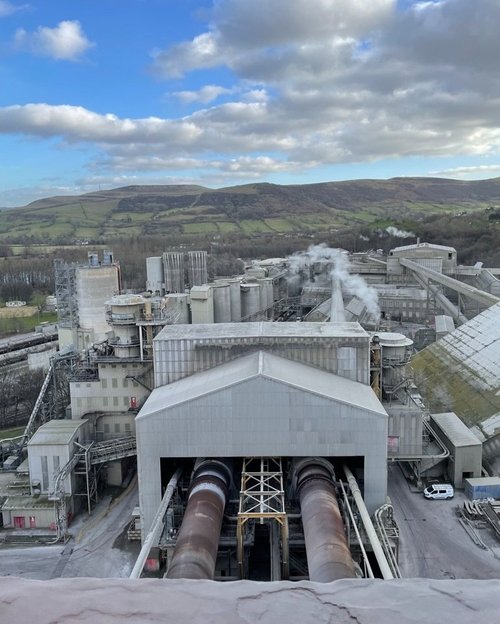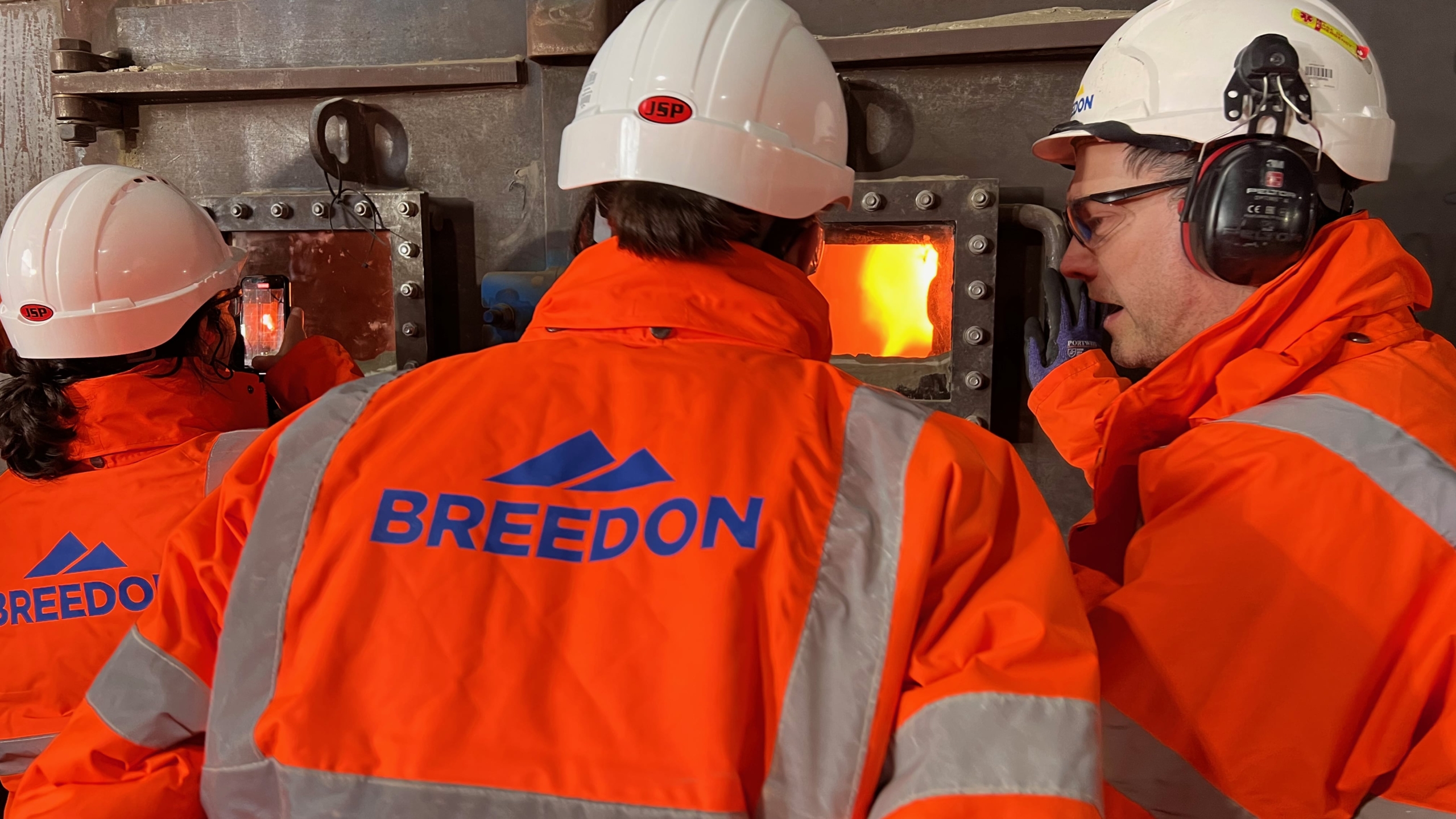
The machine learning (ML) team at Carbon Re spends its time processing, analysing and modelling cement plant data. When it comes to modelling, having a good understanding of the data we are working with saves significant time as it is always much easier when we know the underlying principles behind a process. By leveraging the expertise of Carbon Re’s internal process engineers, reading research publications, books and through experimentation, the ML team has developed a comprehensive understanding of the cement-making process.
But does this knowledge line up with what the operators actually do in situ?
The Carbon Re platform helps control room operators (CROs) optimise how they run their kiln and preheater. The resulting increased efficiency means that the kilns use less fuel, therefore reducing the amount of CO2 released into the atmosphere. These operators spend 12 hours in the cement plant control room four times a week and know their own plant better than anyone. To make sure our products really help them, our models need to know their plants even better than they do. We are able to achieve this as AI algorithms and ML models are able to digest and learn from years of data in cement plants to find trends and anomalies, etc. in a way that is simply impractical for a human. But, to build effective models our team needs to have a good understanding of the industrial processes behind cement production – from the chemistry of calcination to the principles of thermodynamics in the kiln – in addition to their state-of-the-art ML and AI expertise. That’s why spending a day at a cement plant, speaking to the operators who will be using the Carbon Re platform, is invaluable.

Breedon Hope Cement Works is one of only 11 cement plants in the UK. The location of this site, Hope Valley, is down to the nearby limestone and shale deposits, which are essential raw materials for cement production. This area has been designated as part of the Peak District National Park, a stunning nature reserve of nearly 550 square miles, and arguably makes Hope one of the most photogenic cement plants in the world.
Hope Cement Works is very vertically integrated; it controls the two nearby quarries for raw materials and has access to an on-site railway to transport the 1.5 million tonnes of cement it produces each year. This is equivalent to around £60 million a year to the local economy and 6% of the Peak District’s total revenues.
As cement plants go, Hope Cement Works is very modern, with most of the plant being centrally digitised with a PI system (a database that specialises in industrial data). The plant uses large amounts of waste for fuel, which significantly reduces the amount of fossil fuel needed. Hope has a fully automated laboratory where samples are collected from all over the plant and are analysed by X-ray fluorescence machines that provide the operator with information on quality metrics such as the percentage of free lime. This helps them understand the conditions in the plant at different stages of the production process.
Hope operates two kilns, each of which operates completely separately from the other so that when maintenance needs to be done, the plant does not come to a complete standstill.

FROM RAW MEAL TO CLINKER
Our visit to Hope Cement Works wasn’t only to the control room, we were very excited to see the entire plant. During our tour, we were taken up to the top of the preheater tower where raw meal from the quarry is fed at the top of the preheater tower once it has been homogenised in a silo. From there the raw meal will start going down the cyclones, heating up as it goes down with the gases from the kiln and the bottom cyclone burners. Hope uses four cyclones for each of their kilns. These are huge and imposing metal funnels that transmit tens of tons of material every hour. Unlike many of the cement plants our team works with, Hope doesn’t have a precalciner. This is because the precalciner is a fairly new addition to cement plants, and older plants tend not to have one. Precalciners make the process more efficient but retrofitting them is extremely challenging as it requires moving or changing most of the other components of the plant.
As the raw meal heats up into “hot meal” the calcination reaction starts. At 800ºC+, the meal is calcined and goes to the kiln after spending less than a minute in the cyclones. The unique raw meal used by Hope reaches temperatures of 1550ºC in the kiln – higher than a standard ~1450ºC a cement plant would heat its hot meal to.
Walking between the two kilns, we could feel the heat build as we approached the burning zone, the hottest part of the kiln and of the whole plant. It cooled very quickly as we marched towards the outlet of the kiln.
The red hot clinker falls out of the kiln into the cooler causing the clinkerization reactions to stop. The heat from the clinker can then be recycled as the process repeats. The moving clinker bed bubbles away as fans push air from beneath to get the most heat out of the clinker.
From there the clinker is then cooled naturally in a silo where it can then be homogenised.
Finally, the clinker is poured inside the grinder. This is the last step before it is packed and shipped off directly by train (Hope has the advantage of having a railway on site) to be used by builders and property developers all over the UK.


APPLYING OUR LEARNINGS TO CARBON RE
While initiatives such as Industry 4.0 and the increase in IoT sensors has led to an abundance of data, the cement industry as a whole is still behind the curve in terms of digitalisation. Legacy software and operational processes aren’t able to make use of the available data, which is where Carbon Re comes in. From the outset, Carbon Re has designed its products to embody cement process expertise with state-of-the-art capabilities in artificial intelligence. The value of being able to talk to the cement engineers onsite at Hope, to see how our products can be used in practice, and to learn what digital solutions the industry needs cannot be overstated.
While there were many useful insights the ML team gathered to feed into their work one theme stood out – the human side of process engineering. One of Hope’s plant managers noted that just by looking at the data from the previous shift they could tell who had been in the control room. Each operator has their own preferences and biases in how they run the plant and this of course will affect how each operator trusts and uses our software. Carbon Re cement has been specifically designed as a human-in-the-loop solution, meaning that the plant operator maintains control over production processes. This visit cemented to the team that not only do we need to strive for perfect recommendations, we also need to build trust in the recommendations the AI is giving. This feedback has already started to be implemented into the design of our platform and we will continue to make updates so that we increase a user’s understanding of the reason behind recommendations.
READ THIS NEXT

